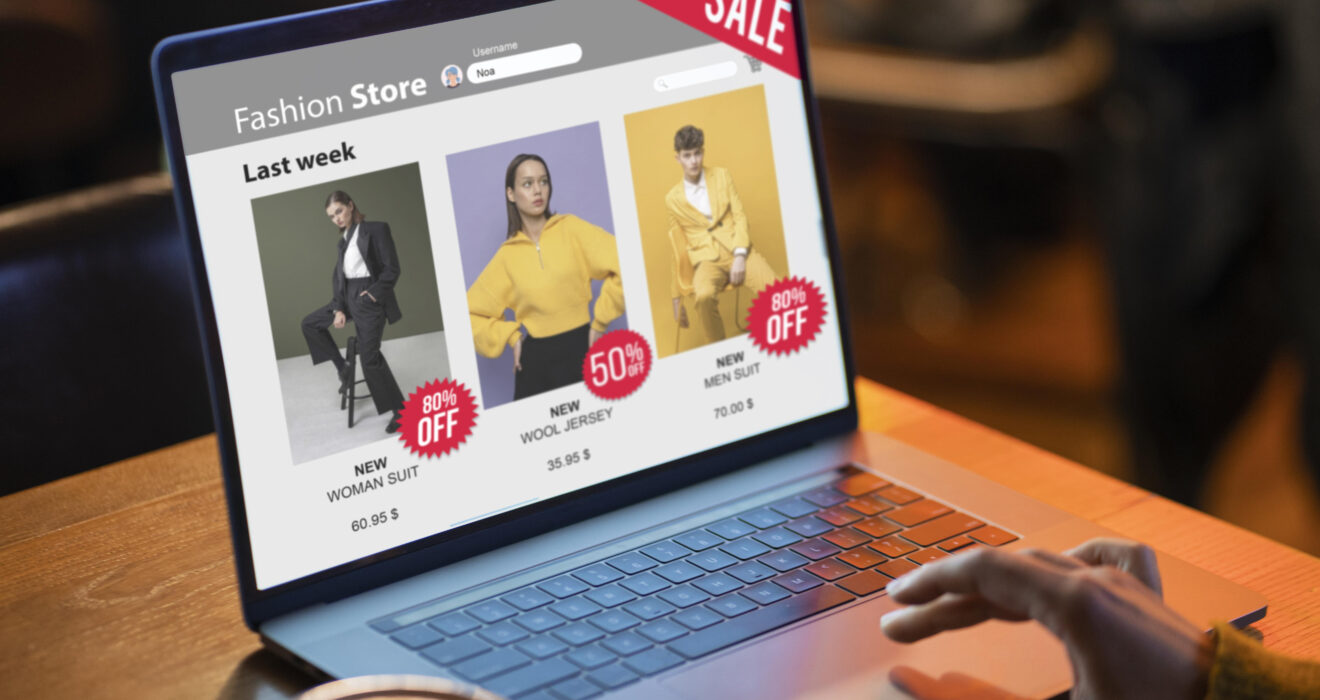The Future of Ecommerce: Top Web Development Trends Dominating 2024
The ecommerce landscape is rapidly evolving, with technological advancements driving new trends and reshaping how businesses connect with consumers. As we move through 2024, it’s essential for businesses to stay ahead of these trends to remain competitive. This article explores the top ecommerce web development trends that are dominating the industry, offering insights into how you can leverage them to enhance your online presence.
1. Progressive Web Apps (PWAs)
Progressive Web Apps (PWAs) are revolutionizing the ecommerce space by offering a seamless and engaging user experience similar to native mobile apps but without the need for downloads. PWAs combine the best of web and mobile apps, providing fast load times, offline capabilities, and push notifications. This results in higher engagement rates and improved customer retention.
Benefits of PWAs:
- Improved Performance: Faster loading times and smoother interactions.
- Offline Functionality: Users can browse products even without an internet connection.
- Enhanced User Experience: App-like experience with responsive design and intuitive navigation.
2. Artificial Intelligence and Machine Learning
AI and machine learning are transforming ecommerce by enabling personalized shopping experiences. These technologies analyze customer data to deliver personalized recommendations, automate customer service through chatbots, and optimize pricing strategies.
Key Applications:
- Personalized Recommendations: AI-driven algorithms suggest products based on user behavior and preferences.
- Chatbots and Virtual Assistants: Provide 24/7 customer support and handle queries in real-time.
- Inventory Management: Predictive analytics for efficient stock management and reduced overhead costs.
3. Voice Commerce
Voice commerce is gaining traction as more consumers use voice-activated devices like Amazon Alexa and Google Assistant to shop online. This trend is pushing ecommerce businesses to optimize their platforms for voice search, ensuring they capture a share of this growing market.
Optimization Strategies:
- Voice Search SEO: Incorporate long-tail keywords and natural language queries.
- Voice-Friendly User Interface: Simplify navigation for voice commands.
- Integration with Voice Assistants: Ensure compatibility with popular voice-activated devices.
4. Augmented Reality (AR) and Virtual Reality (VR)
AR and VR are enhancing the online shopping experience by allowing customers to visualize products in their environment before making a purchase. These immersive technologies bridge the gap between physical and digital shopping, leading to higher conversion rates.
Use Cases:
- Virtual Try-Ons: Customers can see how products like clothing or accessories look on them.
- Product Visualization: Visualize furniture or home decor in their living spaces.
- Interactive Showrooms: Virtual tours of stores or product demonstrations.
5. Mobile-First Design
With mobile commerce expected to account for a significant portion of online sales, a mobile-first design approach is crucial. Websites optimized for mobile devices offer better user experiences, leading to increased engagement and sales.
Mobile-First Strategies:
- Responsive Design: Ensure your site adapts seamlessly to various screen sizes.
- Fast Loading Times: Optimize images and use efficient coding practices.
- Simplified Checkout Process: Reduce steps and enable mobile payment options.
6. Enhanced Security Features
As ecommerce continues to grow, so do concerns about security. Implementing robust security measures is essential to protect customer data and build trust.
Security Best Practices:
- SSL Certificates: Encrypt data transmitted between the website and users.
- Two-Factor Authentication: Add an extra layer of security for user accounts.
- Regular Security Audits: Identify and fix vulnerabilities promptly.
7. Social Commerce Integration
Social media platforms are becoming powerful sales channels. Integrating ecommerce with social media allows businesses to reach customers where they spend most of their time and leverage the influence of social proof.
Integration Tactics:
- Shoppable Posts: Enable direct purchases from social media posts.
- Influencer Collaborations: Partner with influencers to promote products.
- Social Proof: Use reviews, ratings, and user-generated content to build trust.
Conclusion
Staying abreast of these ecommerce web development trends is vital for businesses aiming to thrive in the competitive online market. By adopting technologies like PWAs, AI, and AR, and focusing on mobile-first design and security, you can enhance the shopping experience, increase customer satisfaction, and boost sales. Embrace these trends to ensure your ecommerce platform remains relevant and successful in 2024 and beyond.

